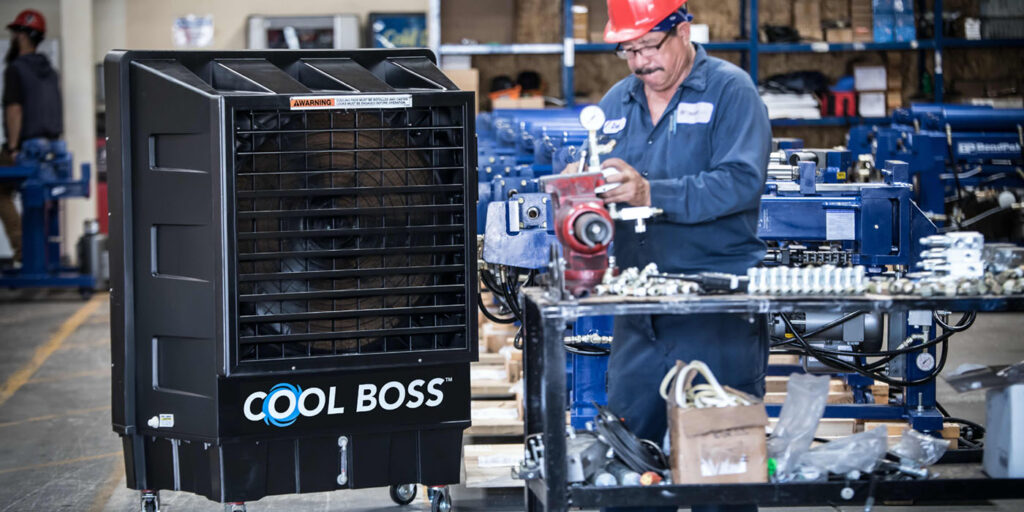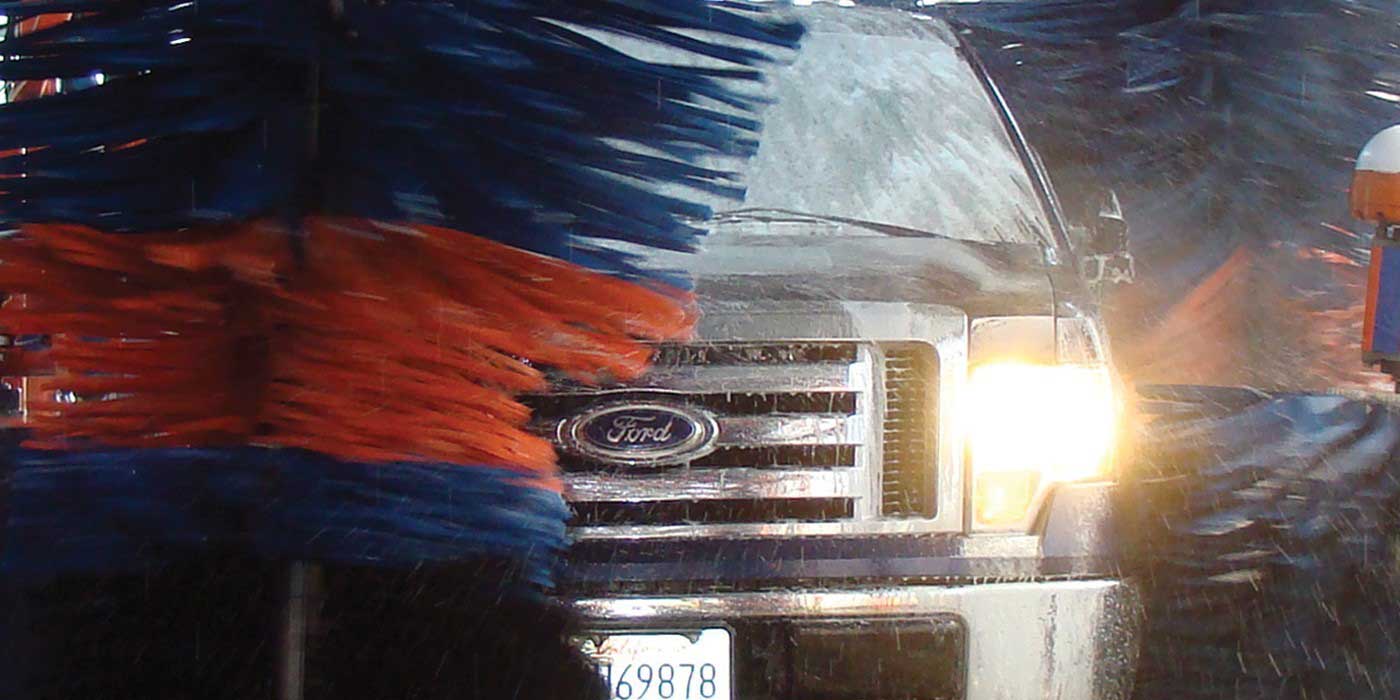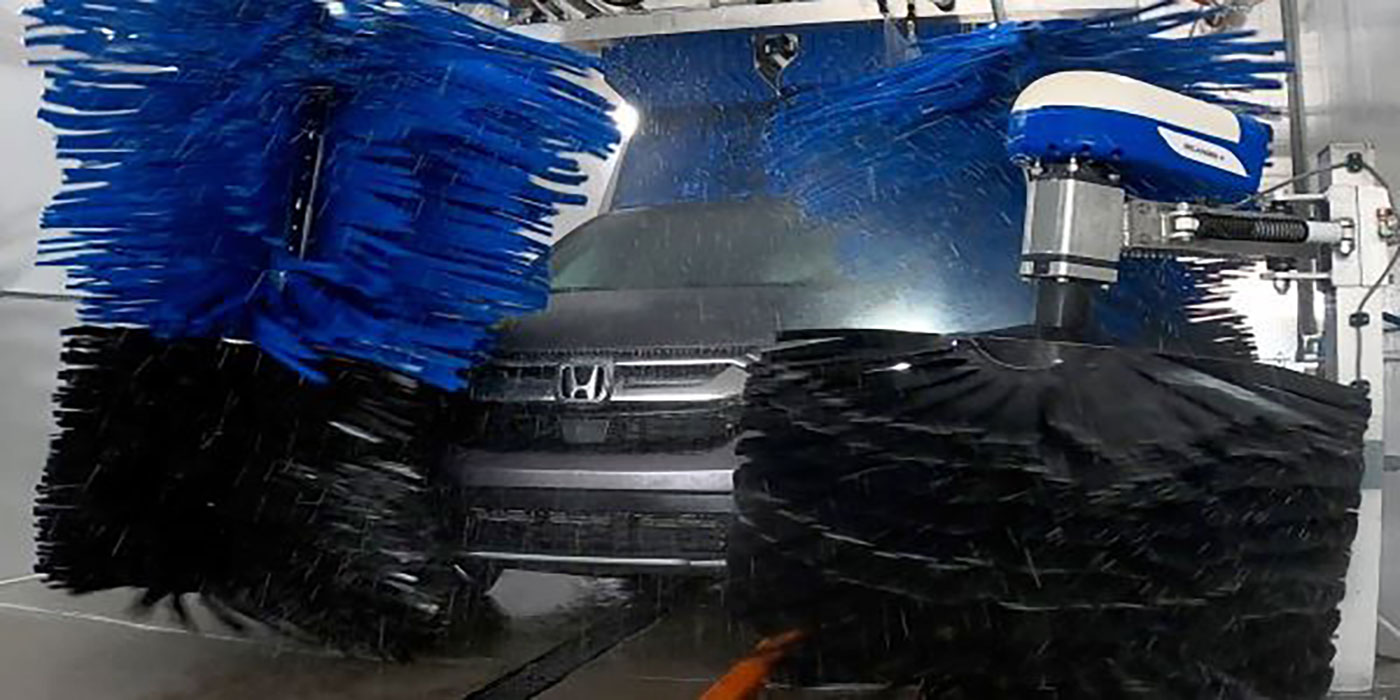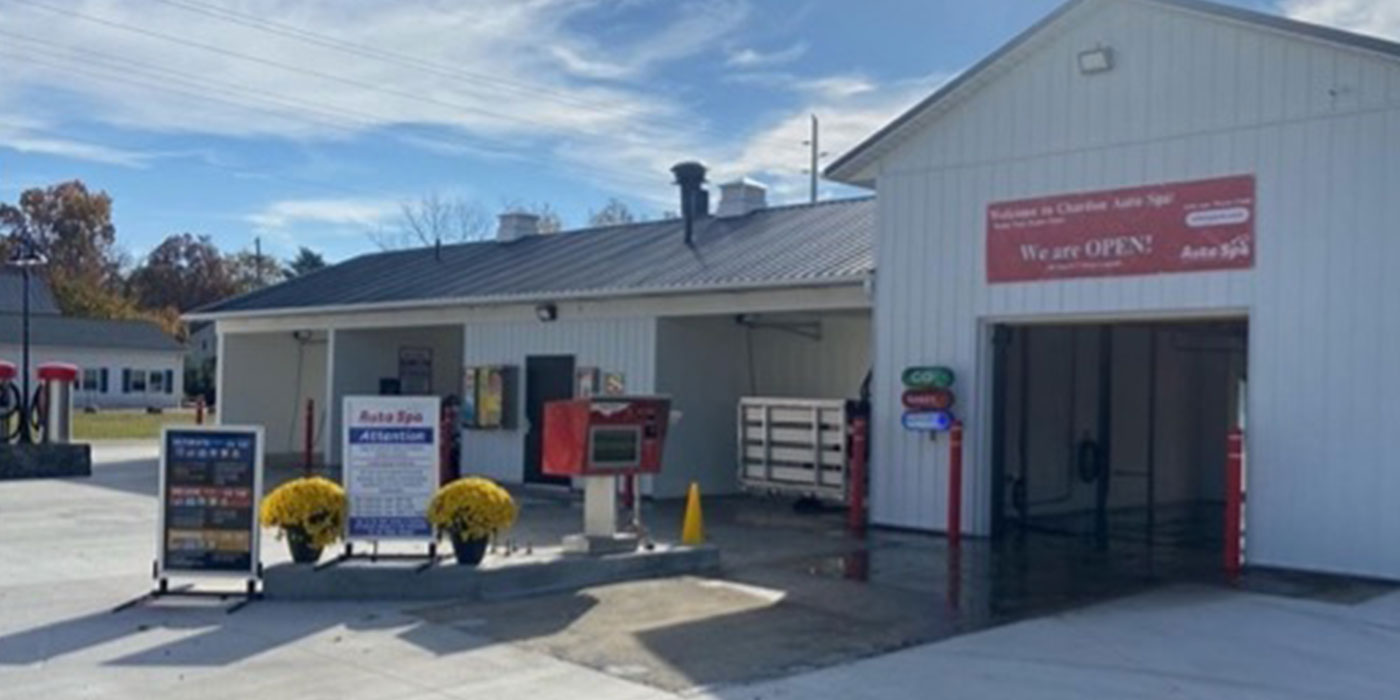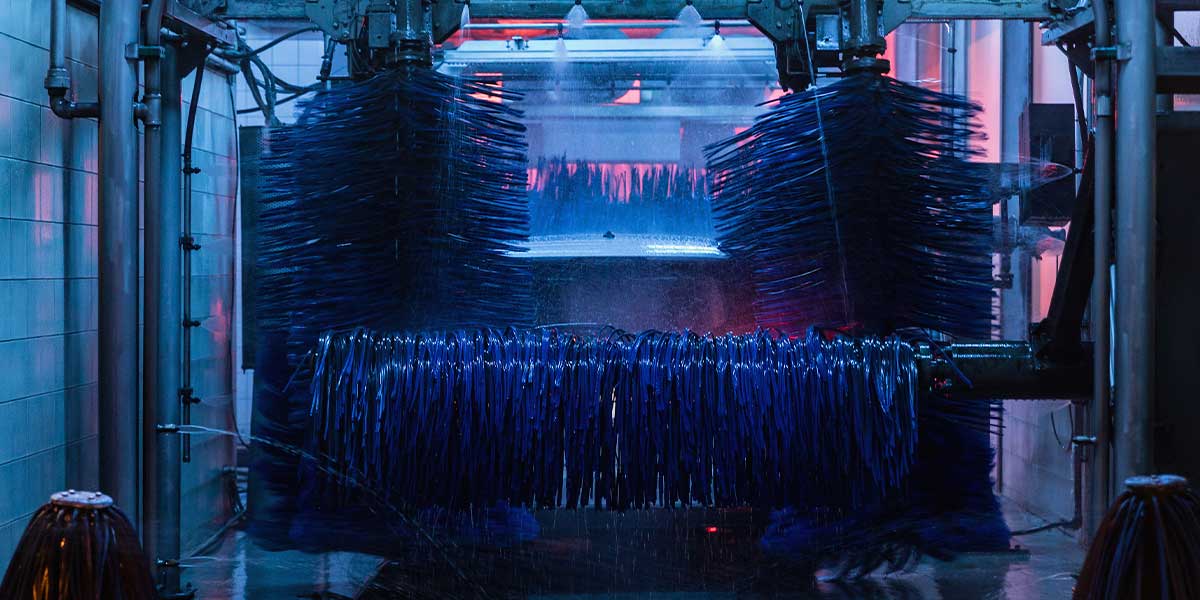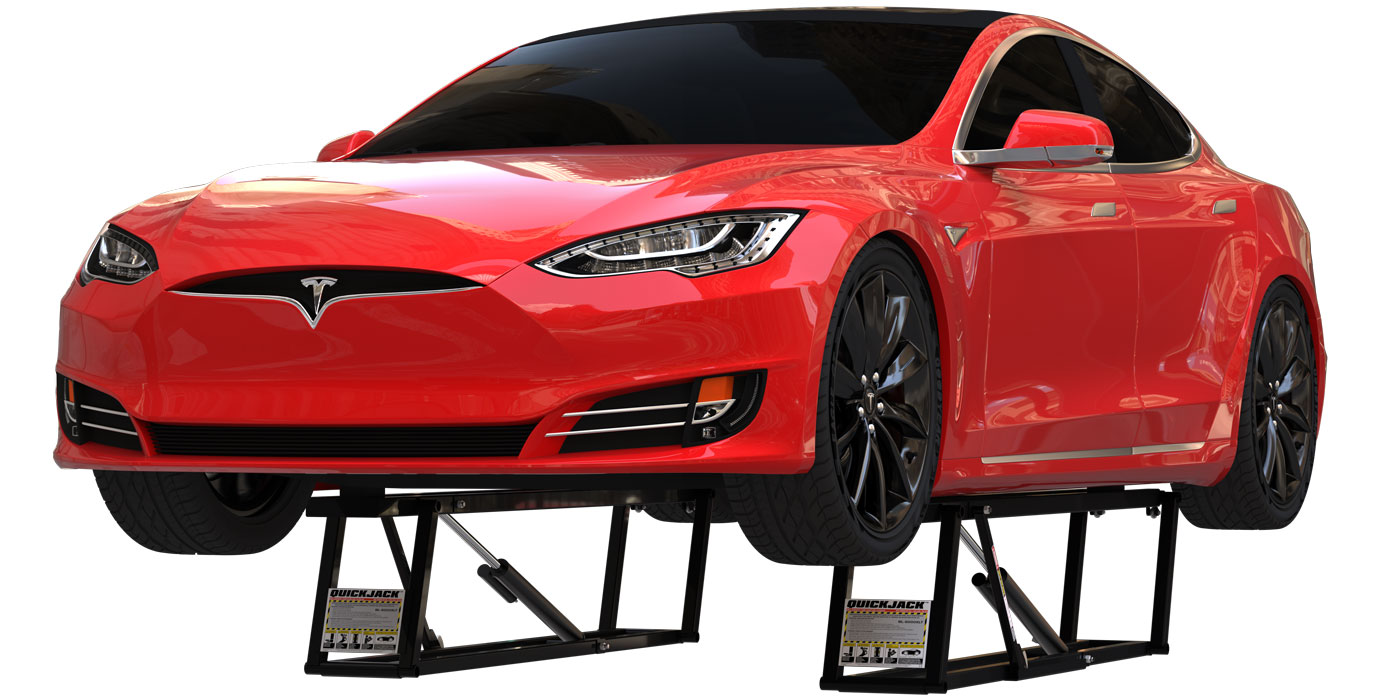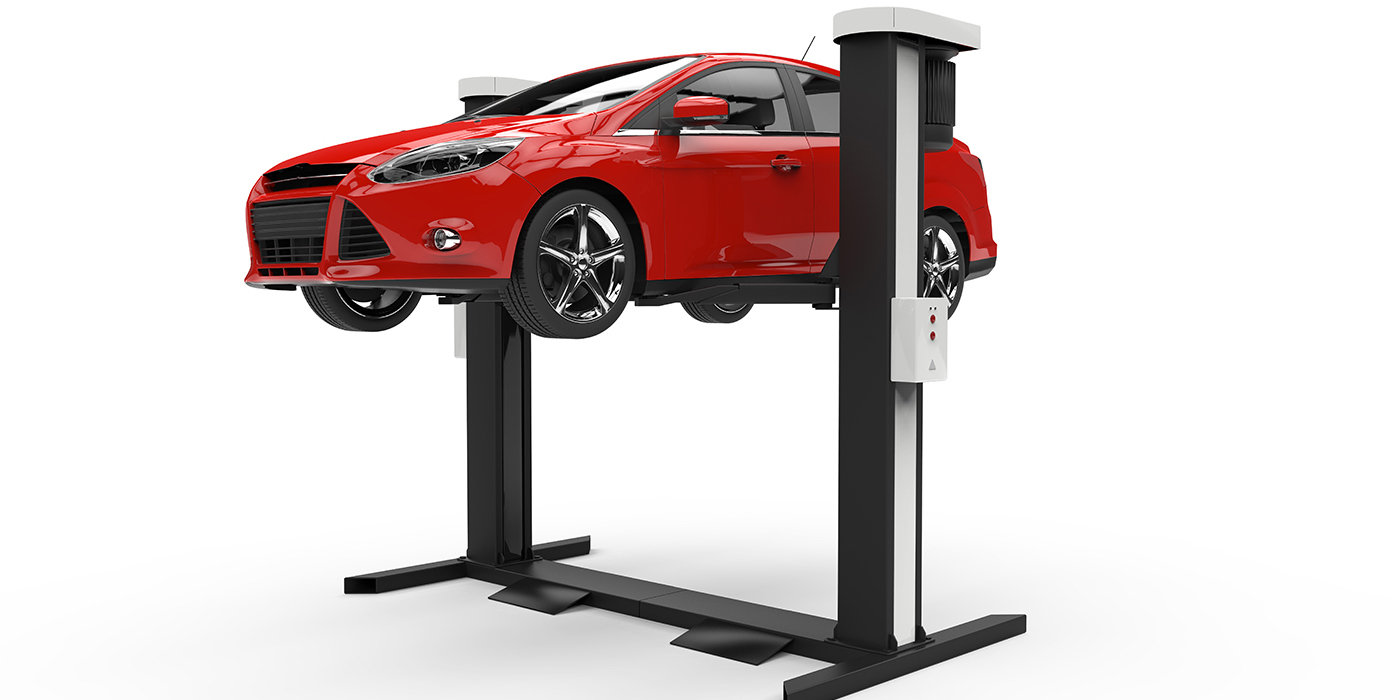As the global climate changes, many parts of the country are experiencing longer and more intense heat waves. Areas where working outside or in an open service bay may have been pleasant or only occasionally hot in the past are now suffering from increasingly severe heat events.
When temperatures get high, people can overheat and become ill with heat stroke, heat exhaustion, heat syncope, heat cramps or heat rashes. Heat can also increase workers’ risk of injuries, because it can lead to loss of focus, sweaty palms, fogged-up safety glasses, dizziness and reduced brain function.
Traditional shop safety programs focus on slip, trip and fall hazards. They also should address heat stress because it can be a major contributor to accidents as well as work-related injuries, especially in the summer months.
The Occupational Safety and Health Administration (OSHA) holds employers responsible for protecting workers from extreme heat under its General Duty Clause. California, Minnesota and Washington also have state laws governing on-the-job heat exposure.
While it may not be practical or cost-effective to move all service bays inside or install central air conditioning, there are affordable steps shop owners can take to provide a cooler, safer and more productive work environment.
- Give workers time to acclimatize to the heat with reduced workloads and frequent breaks for new workers or at the beginning of the hot weather season. According to OSHA, most outdoor fatalities due to heat happen in the first few days of working in warm or hot environments because the body needs to build heat tolerance gradually over time.
- Encourage proper hydration, and make it easier for technicians to access cool fluids.
- Change schedules to incorporate more frequent breaks or work earlier or later in the day when it is not as hot.
- Get a portable evaporative air cooler (i.e. a swamp cooler). A swamp cooler can reduce the temperature surrounding it by up to 26 degrees indoors or even in a covered outdoor work area. It costs about $1 a day to operate and uses natural evaporation to cool the area.
- Train your team to identify heat-related health symptoms and react quickly to provide the affected worker with water, rest and shade.

